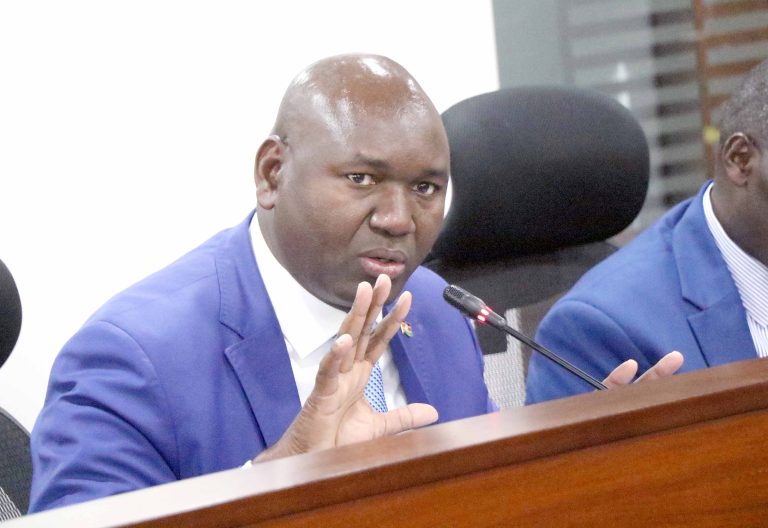Why State ditched NEMIS for KEMIS in data collection

Questions have emerged over whether the government knows the exact number of learners in public and private schools.
Lawmakers heard that the National Education Management Information System (NEMIS), which the Ministry of Education has been using to capture learners’ data, has on several occasions been interfered with.
MPs who sit in the Public Accounts Committee (PAC), chaired by Butere’s Tindi Mwale, were told that the reason behind the shift from Nemis to Kenya Education Management Information System (KEMIS) is because of manipulation through deletion of learners’ data from the system that depicted wrong data of learners in schools.
Although Basic Education Principal Secretary Julius Bitok claimed that 12.6 million is the number of learners in primary, junior and secondary schools, KEMIS Director Fredric Mjumba told MPs that they had to change the system after realising that some of the learners had been deleted from the system.
He said: “We have noticed that some of these learners have been deleted from various points, just not necessarily at the school level. You even get some cases where a cyber cafe has removed learners because they were not paid.”
Mjumba told the MPs that they also had issues with Nemis hosting as it had eliminated crucial information, and they were considering outsourcing the data centre.
He said: “NEMIS was using Unique Personal Identities generated by the system, where a birth certificate was used, but over time it became apparent that many people do not have it, so we incorporated the use of assessment numbers, especially for those on higher levels to get a clear identity.”
“Schools shared their credentials with others, either teachers or cyber cafe attendants, in some of the cases we have handled. So, they were thinking that by deleting the names of learners, they were punishing the schools,” he added.
He said KEMIS will address the manipulation challenges that Nemis has been prone to.
He said: “Those are some of the things that we want to address through this new KEMIS system so that we have a clear identity of the learner, not done by ourselves, but by the people who know how to identify this number.”
But Bitok assured the MPs that the government has the correct data of learners in schools, stating that out of the 12.6 million learners in schools, 6.4 million are in primary schools, 3.3 million in senior secondary schools and 2.9 million in Junior Secondary Schools (JSS).
He explained that NEMIS is owned by the ministry and was developed by its staff.
He said, “Once Nemis became operational, there was a need for re-engineering in order to fix some of the challenges observed over time. This re-engineering, planned for 2020, was eventually executed by the Ministry through tender MOE/GPE/GDS/08/2020-2021,” the PS said.
Integrity concerns
The sentiment by the duo came after Funyula MP Wilberforce Ojiambo and Lugari MP Nabii Nabwera questioned the integrity of the data of learners captured by the Ministry of Education.
Oundo said there is an urgent need for an audit of Nemis to understand the procedures involved, how much was spent on updating the system log, and the reasons for the procedure, adding that the auditor should take time owing to the value of the system.
“The State Department does not know the number of learners in schools,” Ojiambo said.
Nabwera said the biggest danger in capitation in the management of schools is the NEMIS, which he said has brought challenges to heads of learning institutions.
“Nemis has become the channel for siphoning off funds. Principals of schools have alluded to it.”














